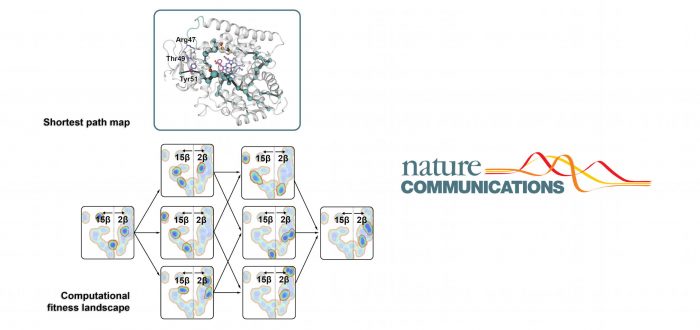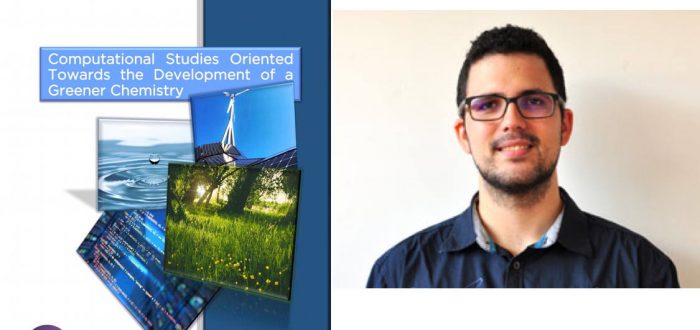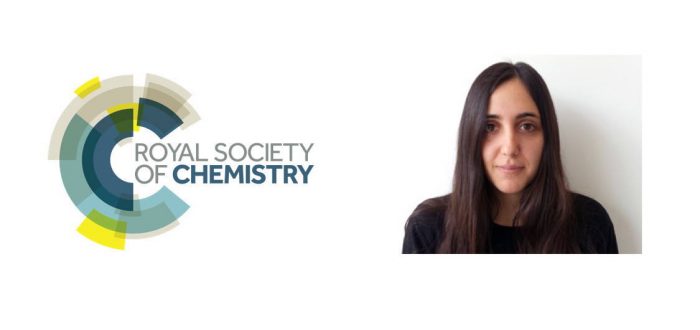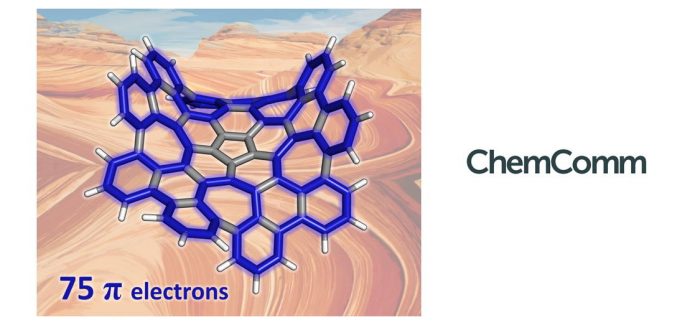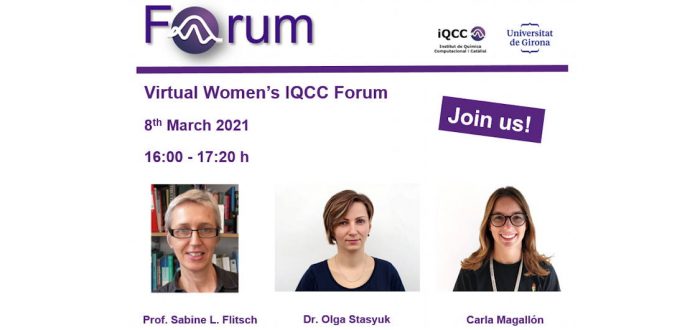The systematic construction of the so-called protein fitness landscapes and the quantification of non-additive effects observed by mutations (known as epistasis) are rarely reported. However, they provide fundamental insights into the mechanisms of laboratory and natural evolution. When reported, unfortunately, these studies usually consider only a single enzyme trait of a limited number of protein
- sec.iqcc@udg.edu
- +34 972 41 83 57
Month: March 2021
Next Friday (26th of March 11.00h, virtual) will be the defense of the doctoral thesis of Jesús Antonio Luque Urrutia, titled “Computational Studies Oriented Towards the Development of a Greener Chemistry”, and supervised by Albert Poater and Miquel Solà from IQCC. If you want to follow the online defense, please send an email to the
Last week at the 2021 #RSCPoster Twitter Conference, Sílvia Escayola, PhD student under the supervision of Dr. Miquel Solà, Dr. Albert Poater and Dr. Eduard Matito, presented a poster titled “Guidelines for Tuning the Excited State Hückel-Baird Hybrid Aromatic Character of Pro-Aromatic Quinoidal Compounds”, and won the runner up prize for #RSCPhys (11th March). Congratulations
Aromaticity in macrocycles has been less studied than aromaticity in small polycyclic aromatic hydrocarbons (PAHs). In the work carried out by Dr. Álvaro Muñoz Castro from the Grupo de Química Inorgánica y Materiales Moleculares of the Universidad Autónoma de Chile and by Sílvia Escayola, Dr. Albert Poater, and Prof. Miquel Solà of the Institute of
Next Monday (8th of March) is International Women’s Day. The IQCC has currently a rather favourable balance in gender ratio of staff members, both at the Master level (53%), PhD level (33%), postdocs (18%) and permanent researchers staff (28%). Notably, out of the 4 most recent permanent members, 2 are men and 2 are women,

